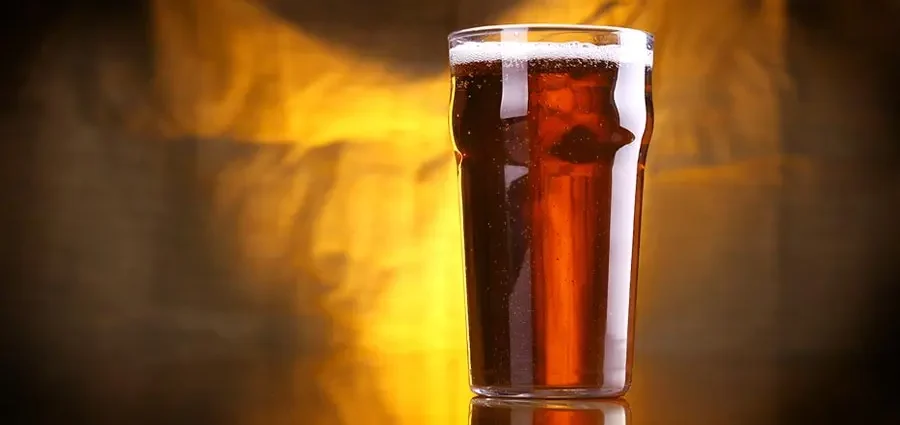Mild – soft, moderate. Previously, this was the name of weak and unaged beer, not intended for long-term storage. Today, the term refers to ales with a low alcohol content and low hop profile. Historically, this style has been light in color, with a dark variation only appearing in the 1900s.
Mostly casque, session, often served at festivals, style standards allow for many interpretations. Products from different brands can vary significantly.
A distinctive feature of the style is its drinkability. Due to its low density and refreshing taste, it is especially popular in the warm season.
The malt-hop balance is shifted towards malt, the aroma has tones of caramel, toffee, nuts, grains, chocolate, toast, there may be a slight roasted aftertaste. A low presence of diacetyl is tolerated, and hops provide floral and earthy nuances.
The bouquet is complex, the notes depend on the manufacturer: there are yeasty flavors, notes of licorice, fruits, raisins. A wide variety of finishes are allowed. Bitterness is felt, but does not interrupt the malt.
Dark mild is distinguished by a red-chestnut color of varying degrees of intensity, since the drink is unfiltered, it can be cloudy, but transparent samples are more common. Forms a moderate dark foam in the glass.
Taste characteristics: slightly tart ale, low carbonation. More malty style representatives feel full-bodied, despite the low gravity.
The drink is made on the basis of light British malts with the addition of dark and caramel varieties. Other ingredients vary by manufacturer, with British yeast often found. The type of hop is not critical.
The style is similar to London Brown Ale and English Porter (in the modern interpretation of the term).

Strength: 3.0-3.8%.
Density: initial 1.030-1.038, final 1.008-1.013.
Bitterness Index: 10-25 IBU.
Color: 12-25 SRM.










